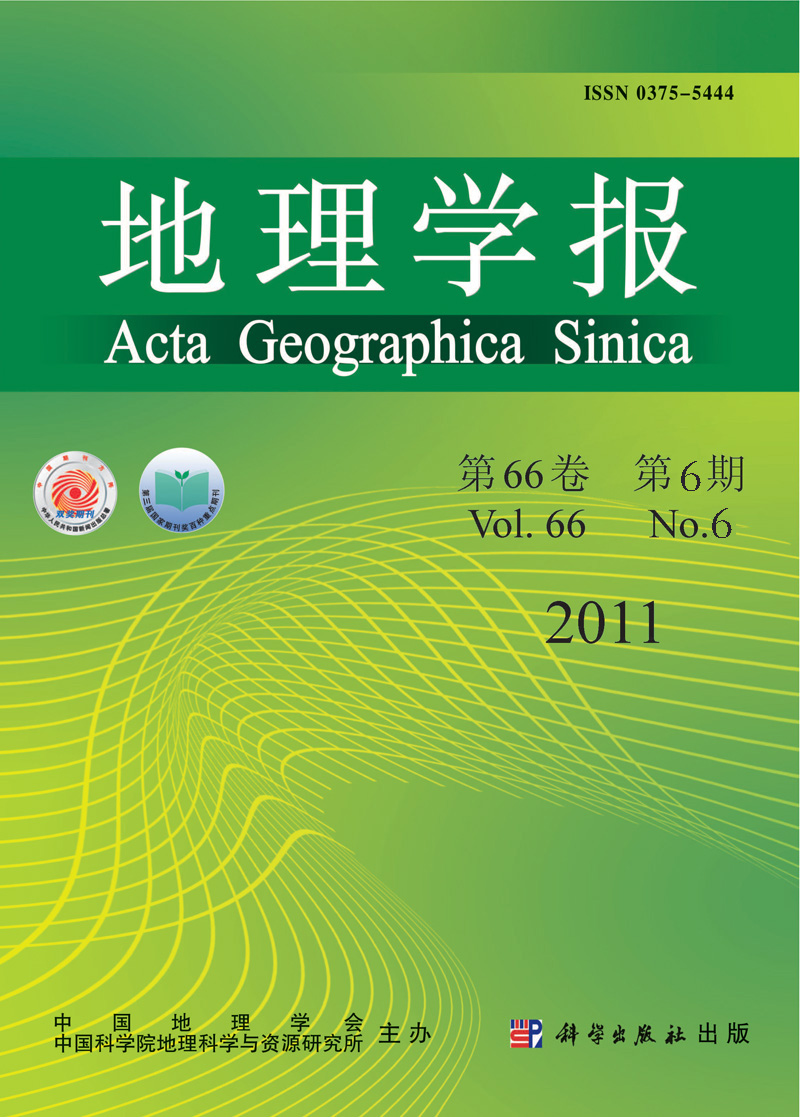ZHANG Qian, HU Yunfeng, LIU Jiyuan, LIU Yue, RENWangbing, LI Jun
Urban clusters are the expected products of high levels of industry and urbanization in a country, as well as being the basic units of participation in global competition. With respect to China, urban clusters are regarded as the dominant formation for boosting the China's urbanization process. However, to date, there is no coincident, efficient, and credible methodological system and set of techniques to identify Chinese urban clusters. This research investigates the potential of an computerized identification method supported by geographic information techniques to provide a better understanding of the distribution of China's urban clusters. The identification method is executed based on a geographic information database, a digital elevation model, and socio-economic data with the aid of ArcInfo Macro Language programming. In the method, preliminary boundaries are identified according to transportation accessibility, and final identifications are achieved from limiting city numbers, population, and GDP in a region with the aid of the rasterized socio-economic dataset. The results show that the method identifies nine Chinese urban clusters, i.e., Pearl River Delta, Lower Yangtze River Valley, Beijing-Tianjin-Hebei Region, Northeast China, Middle Yangtze River Valley, Central China Plains, Western Taiwan Strait, Guanzhong and Chengdu-Chongqing urban clusters. This research represents the first study involving the computerized identification of China's urban clusters. Moreover, compared to other related studies, the study's approach, which combines transportation accessibility and socio-economic characteristics, is shown to be a distinct, effective and reliable way of identifying urban clusters.
